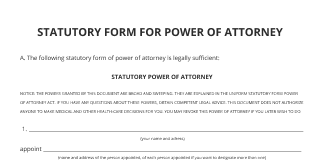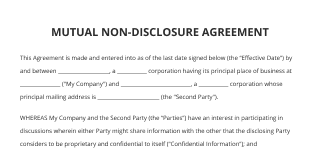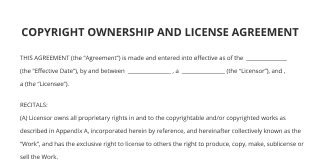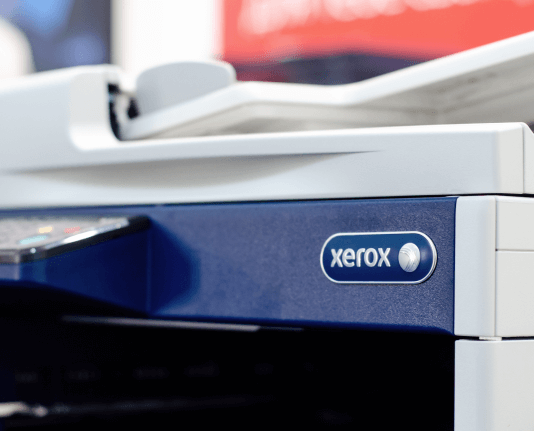What is an Invoice Vs Receipt and How airSlate SignNow Simplifies the Process
Move your business forward with the airSlate SignNow eSignature solution
Add your legally binding signature
Integrate via API
Send conditional documents
Share documents via an invite link
Save time with reusable templates
Improve team collaboration
See airSlate SignNow eSignatures in action
Understanding the Differences Between Invoices and Receipts
An invoice and a receipt serve distinct purposes in financial transactions. An invoice is a document issued by a seller to request payment from a buyer. It outlines the goods or services provided, their quantities, prices, and the total amount due. In contrast, a receipt is a confirmation of payment received, documenting that the buyer has completed the transaction. While invoices are typically sent before payment, receipts are issued after payment is made.
Key Components of an Invoice
Invoices contain several essential elements that ensure clarity and facilitate payment. These components typically include:
- Invoice Number: A unique identifier for tracking purposes.
- Seller Information: Name, address, and contact details of the seller.
- Buyer Information: Name and address of the buyer.
- Description of Goods or Services: Detailed list of what is being charged.
- Payment Terms: Information on when payment is due and accepted payment methods.
- Total Amount Due: The total cost that the buyer is required to pay.
Essential Elements of a Receipt
A receipt serves as proof of payment and typically includes the following elements:
- Receipt Number: A unique identifier for the transaction.
- Seller Information: Name and contact details of the seller.
- Buyer Information: Name or details of the buyer, if applicable.
- Date of Transaction: The date when the payment was made.
- Items Purchased: A list of goods or services that were paid for.
- Total Amount Paid: The total cost that was paid by the buyer.
When to Use Invoices
Invoices are commonly used in business transactions, especially when dealing with clients or customers who require a detailed breakdown of services or products. They are essential for:
- Documenting sales for accounting purposes.
- Requesting payment from clients for services rendered.
- Tracking outstanding payments and managing cash flow.
When to Issue Receipts
Receipts are issued after a payment has been made. They are important for:
- Providing proof of payment for the buyer.
- Facilitating returns or exchanges by confirming the transaction.
- Assisting in tax preparation by documenting expenses.
Digital Solutions for Invoices and Receipts
Using digital tools can streamline the process of creating and managing invoices and receipts. With airSlate SignNow, users can easily prepare and send invoices for signature, ensuring that all necessary details are included. Once payment is received, users can generate receipts quickly, providing a seamless experience for both sellers and buyers. This digital approach not only enhances efficiency but also ensures secure storage and easy access to important financial documents.
airSlate SignNow solutions for better efficiency
Our user reviews speak for themselves






Why choose airSlate SignNow
-
Free 7-day trial. Choose the plan you need and try it risk-free.
-
Honest pricing for full-featured plans. airSlate SignNow offers subscription plans with no overages or hidden fees at renewal.
-
Enterprise-grade security. airSlate SignNow helps you comply with global security standards.

Differences Between an Invoice and a Receipt
Grasping the distinction between an invoice and a receipt is essential for proficient financial oversight. An invoice functions as a payment request, whereas a receipt acts as verification of payment. This guide will assist you in navigating the airSlate SignNow platform, which provides a smooth method for managing your documents and electronic signatures.
Distinguishing an Invoice from a Receipt
- Launch your web browser and head over to the airSlate SignNow homepage.
- Sign up for a free trial account or log in if you’re an existing user.
- Choose the document you want to sign or distribute for signatures.
- If you intend to reuse this document in the future, save it as a template.
- Open your document to make necessary alterations, such as adding fillable areas or inserting certain details.
- Authorize the document and add signature fields for the recipients.
- Hit 'Continue' to set up and dispatch an electronic signature invitation.
airSlate SignNow offers organizations a straightforward and economical solution for sending and signing documents. With its extensive feature set, it guarantees a substantial return on investment while remaining easy to use and scalable for small to medium-sized enterprises.
Benefit from clear pricing with no undisclosed charges and receive exceptional 24/7 support with all paid subscriptions. Begin using airSlate SignNow today to enhance your document management workflow!
How it works
airSlate SignNow features that users love
Get legally-binding signatures now!
FAQs
-
Why is the invoice not a receipt?
Invoices and receipts have different purposes as they're issued at different stages of the sales process. Invoices are issued prior to the customer sending the payment, whereas a receipt is issued after the payment has been received. The invoice acts as a request for payment, and the receipt acts as a proof of payment. -
What is the difference between an invoice and a receipt?
an invoice is a request for payment; a receipt proves that the customer has paid. invoices are issued before payment; a receipt is issued after payment. invoices list the total amount due and the payment deadline; receipts detail how much has been paid and how. -
Can an invoice be used as a receipt?
Can an invoice ever be used as a receipt? Since an invoice is a request for payment, not proof of payment, you shouldn't use an invoice in place of a receipt. Once a customer or client pays your invoice, make sure to provide a separate receipt. -
What comes first, an invoice or a receipt?
The seller issues an invoice before payment is made. A receipt is a document issued after payment is made. The seller sends it to the buyer as proof of payment.
What active users are saying — what is an invoice vs receipt
Related searches to What is an invoice vs receipt and how airSlate SignNow simplifies the process
Get more for what is an invoice vs receipt
- Streamline your invoicing with basic invoicing software
- Streamline your finances with basic invoicing software for small businesses
- Discover the best billing solution for your business
- Discover the best cloud invoicing service for your business
- Discover the best digital invoicing software for seamless document management
- Discover the best financial software for self-employed professionals
- Discover the best free billing applications for seamless document signing
- Discover the best free billing programs for streamlined invoicing
Find out other what is an invoice vs receipt
- Enhance eSignature legitimacy with Support in Canada
- Unlock the Power of eSignature Legitimateness for ...
- ESignature Legitimateness for Support in UAE
- Boosting eSignature legitimateness for Support in ...
- ESignature Legitimateness for Accounting in Mexico
- Boost Accounting Efficiency with Trusted eSignature ...
- ESignature Legitimateness for Accounting in United ...
- Unlocking eSignature Legitimateness for Accounting in ...
- ESignature Legitimateness for Accounting in Canada
- ESignature Legitimateness for Accounting in India with ...
- Boost eSignature Legitimateness for Accounting in UAE ...
- ESignature Legitimateness for Accounting in United ...
- ESignature Legitimateness for Research and Development ...
- Enhance Your Research and Development in Australia with ...
- Enhance Your Research and Development in United States ...
- Unlocking eSignature Legitimateness for Research and ...
- ESignature Legitimateness for Research and Development ...
- Unlock eSignature Legitimateness for Research and ...
- ESignature Legitimateness for Research and Development ...
- ESignature Legitimateness for Research and Development ...






























